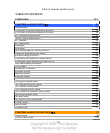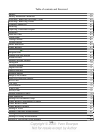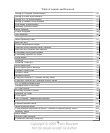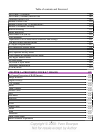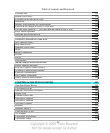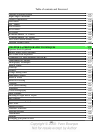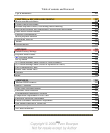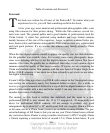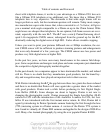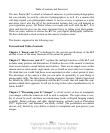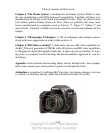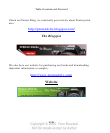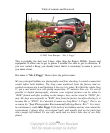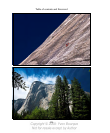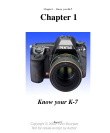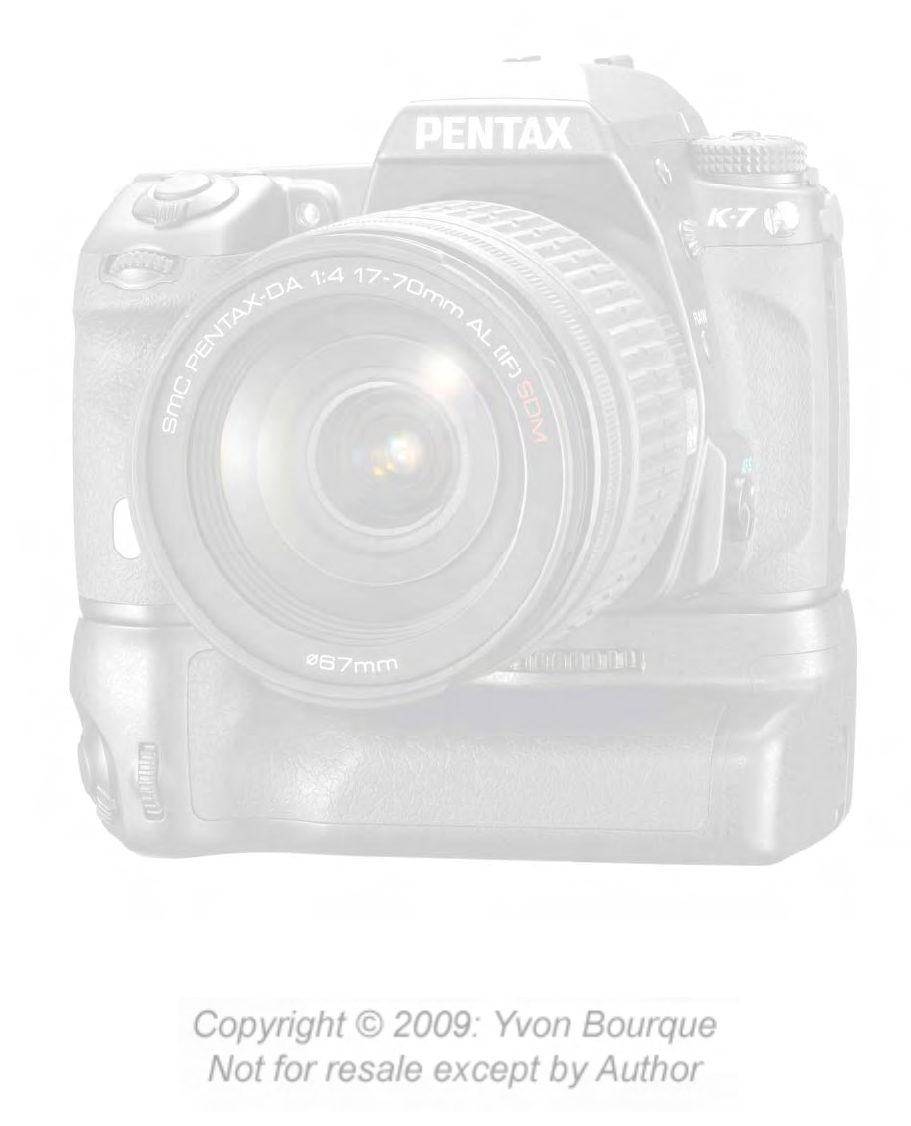
Table of contents and Foreword
XIV
Foreword
his book was written for all users of the Pentax K-7. No matter what your
experience level is, you will find something useful in this book.
A few years ago, most amateur and professional photographers alike, were
using film cameras for their picture taking. Within the film cameras, several for-
mats were used. The general public and a good number of professionals used the
35mm format. A select few preferred using medium and large format cameras
mainly because of the size of the negatives. Larger negatives rendered better pic-
tures, better colors and fantastic enlargements. Film cameras were very sophisticated
and took great pictures. It’s no wonder that almost every family owned a 35mm
camera.
T
When the first digital cameras started to appear, the quality was less than desirable,
but the potential was certainly there. For several years, many photography maga-
zines were debating whether or not the digital cameras would replace film based
cameras. Over time, the quality has so improved, that today, in our opinion, digital
cameras exceed the quality of film based cameras. Of course, we are comparing the
35mm and medium format film cameras with the new breed of Digital Single Lens
Reflex (DSLR) cameras. It has taken more than a decade to get where we are today,
but digital is here to stay.
It wasn’t all that long ago when a top DSLR with a sensor in the 2 megapixels range
was costing the consumers nearly five thousand dollars or more. For a while, as
soon as you spent thousands of dollars for a top-of-the-line digital camera, it was re-
placed within months with a new and better model. I am sure that some of you re-
member these times of tribulation.
The market, as this book is written, has stabilized, and the norm in a non-
professional DSLR is now around the 12 to 15 megapixels, 20 megapixels and
above for professional DSLR cameras. All are enough to produce very good
enlargements up to about 16” x 20” and beyond. Full size (roughly 36mm x 24mm,
or the same size as a 35mm frame) sensors are available on many DSLRs. The per-
ceived advantage of full frame is that you can use your 35mm format lenses without
any correction factor. Pentax is using a smaller sized sensor (APS-C roughly 24mm
x 16mm) requiring a correction factor of around 1.5 to 35mm format lenses. If you




